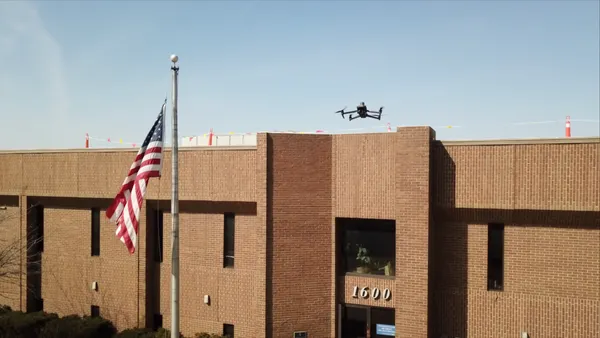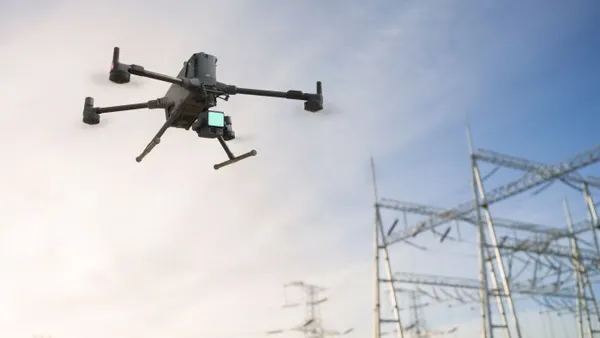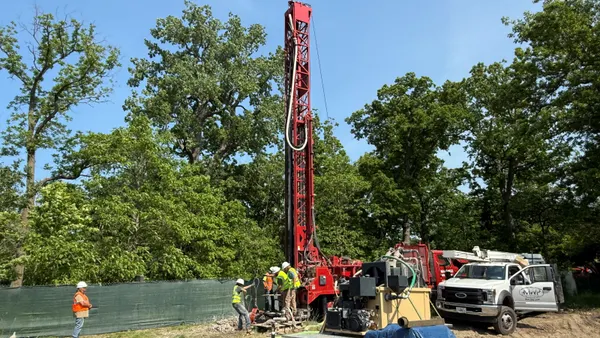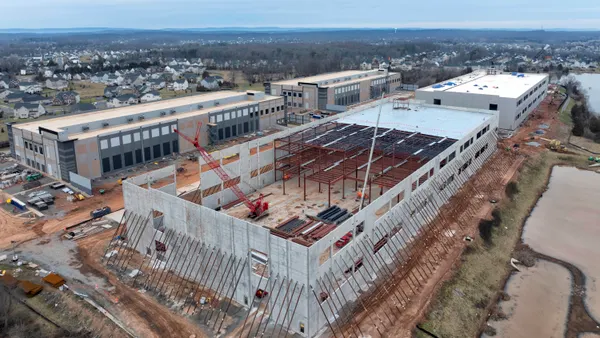Dive Brief:
- University of Waterloo researchers in Ontario, Canada, are using artificial intelligence (AI) to gain insight as to how skilled construction workers can reduce wear-and-tear injuries, according to Engineering.com.
- Studies using motion sensors and AI found master masons don't follow standard ergonomic rules novices learn. Rather, they use techniques to limit loads on their joints, such as swinging more than lifting blocks and not bending their backs as much.
- Thanks to the multi-part study's findings, researchers are developing a system that uses sensor suits to give trainees immediate feedback and encourage them to modify movements to reduce body strain, which researchers hope will curtail premature wear out of craft workers.
Dive Insight:
As the industry continues to embrace technology, AI is finding more applications in construction. Last month NVIDIA and Komatsu joined forces to add drones and AI to the jobsite. NVIDIA's AI platform will take data from drones to give insight to equipment costs and will send real-time data about workers' interactions with each other, machinery and objects onsite. The technology could mime the systems vehicles use to prevent collisions.
Increasingly popular, wearables are geared toward analyzing workers' movements in an effort to maximize safety. The wearable device market may reach $12 billion by 2023, with the CAGR growing more than 24% from 2016 to 2023. A recent report from Dodge Data & Analytics showed that although only 13% of those surveyed had adopted wearable devices to promote onsite safety, 82% of those early adopters indicated wearables have had a positive impact on the jobsite.
Triax Technologies' Spot-r Internet of Things-enabled wearable tracking system monitors workers and equipment on the ground. Australia-based SmartCap, meanwhile, uses a headband and companion app to analyze brain waves to determine if a worker is falling asleep; if so, the device issues voice and vibration warnings. 3-D headsets such as Microsoft's HoloLens can encourage 3-D collaboration and virtual interactions with others no matter their location, and can even double as protective eyewear.
Robotics such as Tybot, an autonomous robot that ties rebar to form bridge decks, are another technology the industry is looking at to reduce worker strain. The Saxonburg, PA-based firm that developed the machine estimates the robotic arm can halve labor hours and reduce injuries workers incur while straddling rebar frames.












